
Decoding Yoga Nidra: What Really Happens?
As I lay on the floor with snot and tears pouring down into my cleavage, I thought to myself: Wasn’t this supposed to be a week of restoration and bliss?! I was halfway through a week of Yoga Nidra study with my teacher, Yogarupa Rod Stryker, and bliss seemed very far away. In fact, sanity felt very far away. I was in the middle of yet another dramatic break-up (I won't bore you with the details, but know it was a doozy). My work seemed to be disintegrating along with my finances, and as I lay there with one hundred other yogis peacefully snoozing and apparently reaching great depths of enlightenment, my resentment for just about everything deepened. I would like to say this was the moment when the heavens opened and the Yogis of past bestowed upon me the answer to the Universe’s greatest questions, but honestly it was just the beginning of the unraveling.
While I'd studied the practices of Yoga Nidra in the past, it always seemed to be just a useful tool of relaxing the body and mind; sometimes even an excuse to take what I thought of as a holier version of a nap. Only now was I beginning to realize it as more of a process of shaking up the stubborn certainty of our separateness. It felt like an untangling of different layers of our being, almost like unwrapping those Russian nesting dolls that I loved as a child to uncover the seed of bliss at our very core.
One model put forth in the Taittiriya Upanishad (composed roughly in the 6th century BCE) supposes that our forms are made up of five sheaths or coverings called the Koshas Simply stated, we are layers of body, breath, mind, intelligence, and bliss. Like the word covering and sheath suggest, these dimensions of our form are encasing our naked, formless, nameless Self. The work of Yoga Nidra can be a way of addressing the tension patterns in these sheaths, which leads us back to the part of us that is whole and untouched by all of the transient stuff. The part of us as pure, unbound, infinite potential.
If you've ever tried to practice when your back hurts, your nose is runny, or you're constipated, you know it can be rough. Yoga Nidra works from the gross (meaning large, not yucky) to the subtle, first addressing what I refer to as the meat suit or Anamaya Kosha. Utilizing guided conscious relaxation of body parts we simultaneously discover and release patterns of holding forged in the tissues of our body.
Then, through guided breath techniques, we often find a more tangible connection to Prana or the Pranamaya Kosha, what the Yogis would call the animating life force or all pervading energy that maps our form. We can think of them almost like currents of water. We can observe them churning and circulating and emptying. We can notice where they are stagnant as well as where their currents are strong. We can even dam them, like in our canal systems, to redirect their flows. By understanding our internal currents of Prana, we can honor their rhythms, balance their flows and, like all rivers, eventually merge back to our source.
Eventually we are confronted by our minds as we arrive in the Manomaya Kosha. Filled with the complexity of our impressions, memories, identification and perspective, we begin to question our stories logged in the mind forming these grooves or ruts that are oh so easy to remain stuck inside. Using techniques that conjure up certain images, archetypes, and situations, we start weeding the fertile ground of our mind, releasing patterns that no longer serve us as well as opening space to plant something deep, like our Sankalpa, in its rich soil.
Now we can begin to hear the whispers and sometimes roars of wisdom bubbling up from our depths. Always there but waiting for us to calm the fudge down to hear her call. Using techniques to create space in the body, breath, and mind, we are led back into the Yoda-like ever present inner teacher, or Vjnanamaya Kosha.
Here we realize the part of us that is untouched or unbound. Not limited to our perfectly imperfect meat suits, identities, or situations, but rather expansive and inextricably linked to everything and everyone around us. In Anandamaya Kosha we remember and reconnect to that smallest Russian nesting doll that is just pure bliss.
I’d love to tell you by the end of the week I was swimming in the ocean of bliss but this is not a made for TV movie. It took a while. With encouragement from my teacher to begin a daily Yoga Nidra practice I began to slowly weed through all the patterns and noise. While I may not always be immersed in that ocean, because you know...life. I have my bathing suit on at all times and can dip a toe in or swim in her depths more and more often. I came to understand that just like we can feel areas of great spaciousness or congestion in our lower backs, we can experience that sensation in our own hearts. Just as we know ourselves to have standing patterns of tone and compensation, habits and patterns in our physical bodies, we experience the same, conceptually, in our mental and emotional forms. Some of our patterns support us, some are coping mechanisms, and some we find don’t work for us anymore or even bring about suffering. Through the practices of Yoga Nidra and exploration of our body maps and our own subtle forms we can bring about real, lasting, profound and unbelievably powerful changes to both our internal and external landscapes.
What is Yoga Nidra?
Comments
No comments yet. Be the first!



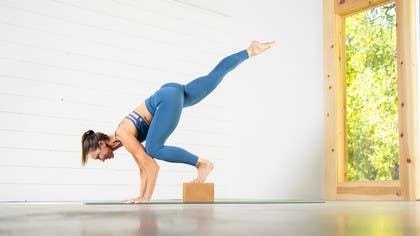
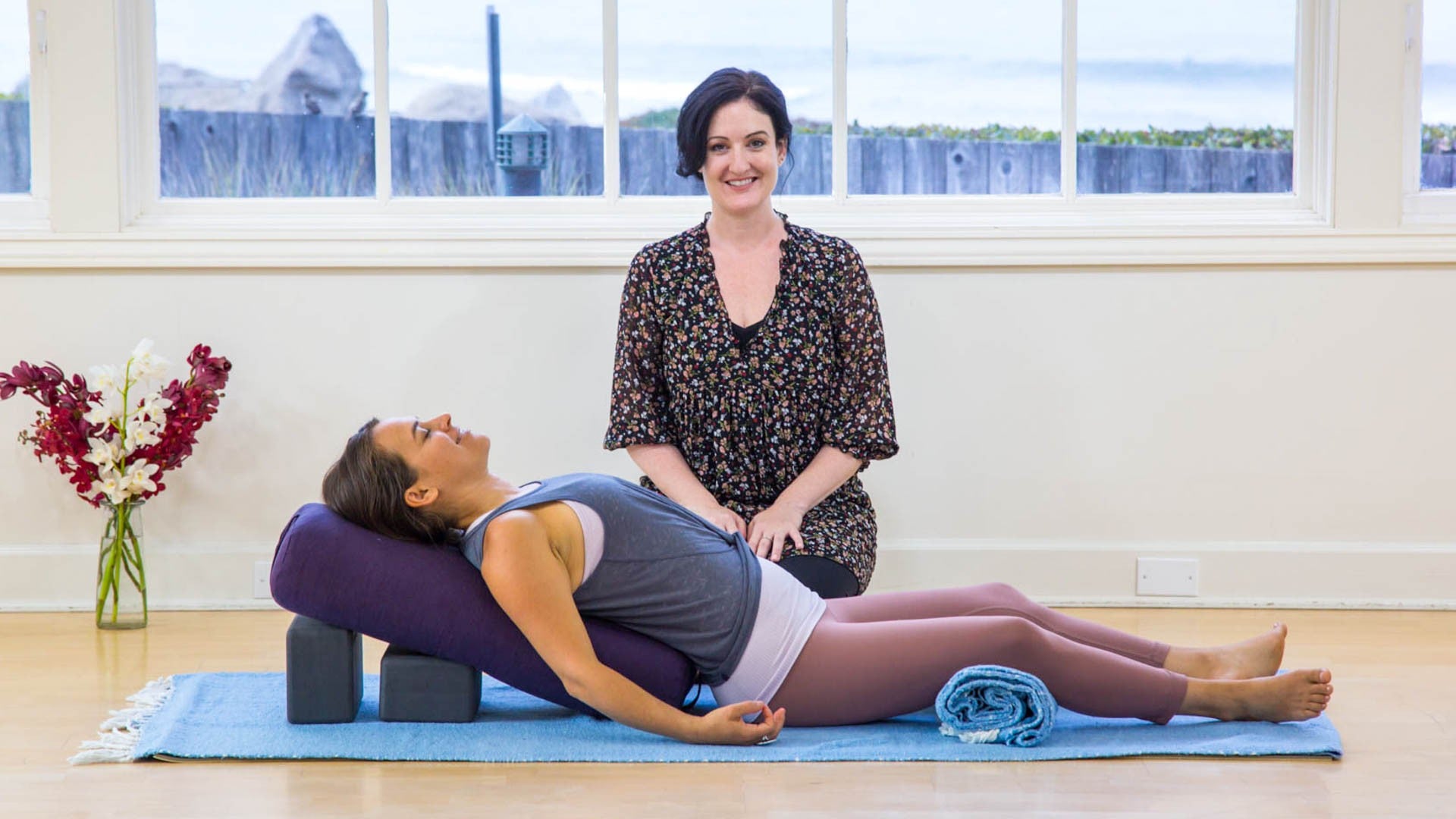
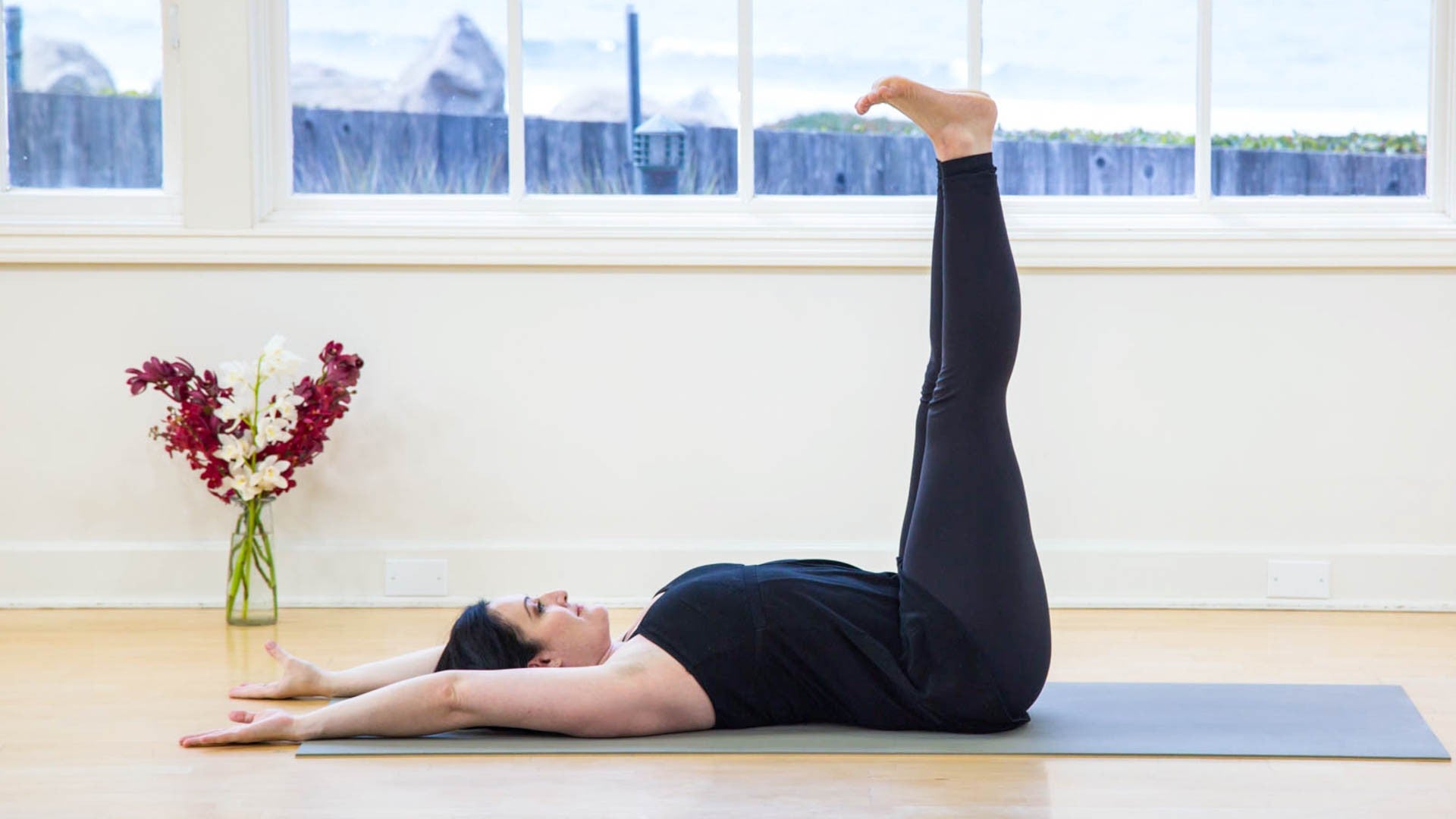
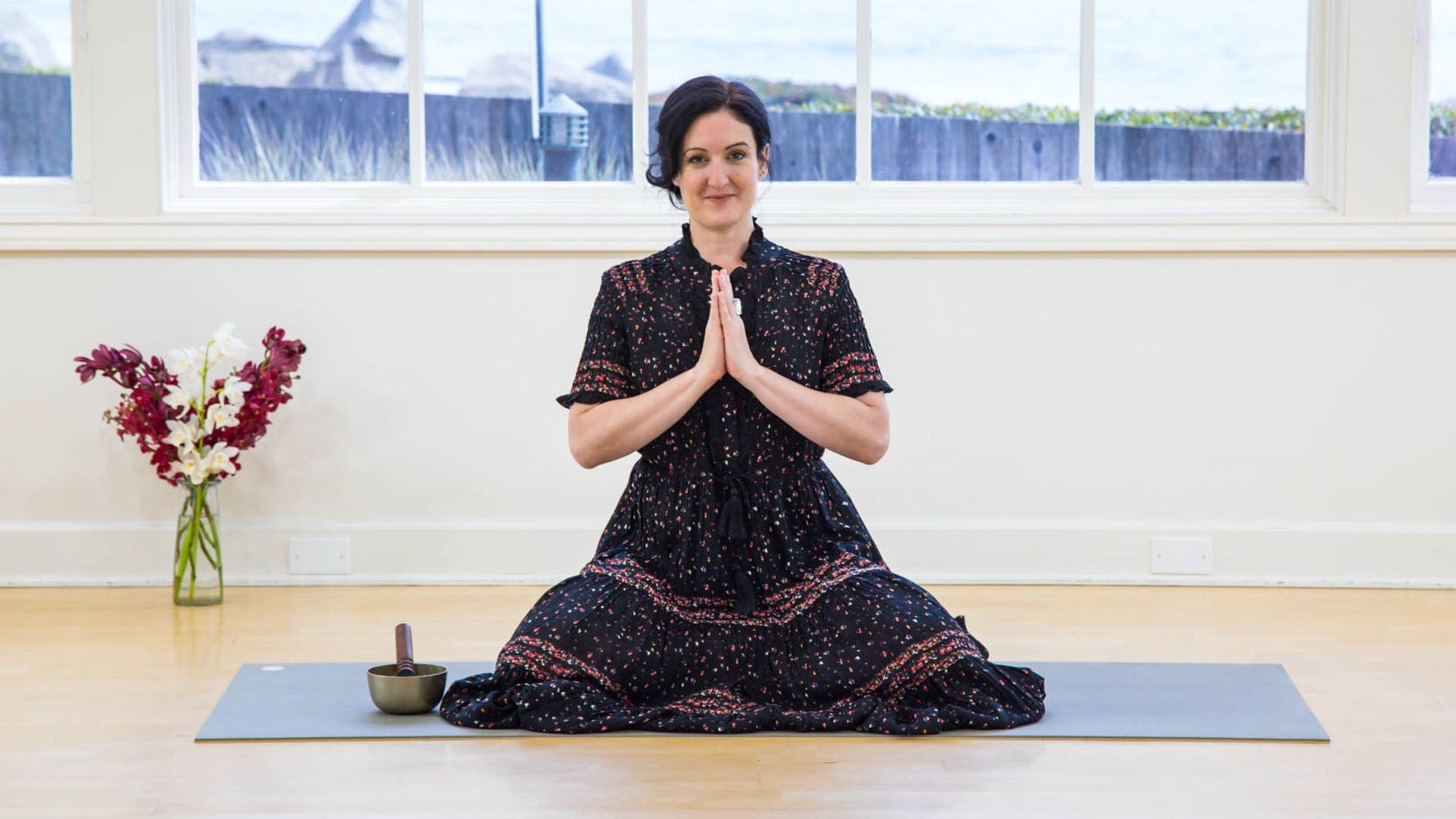

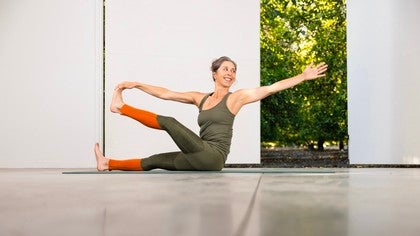
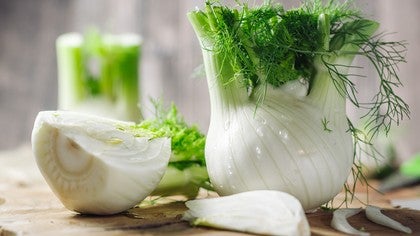
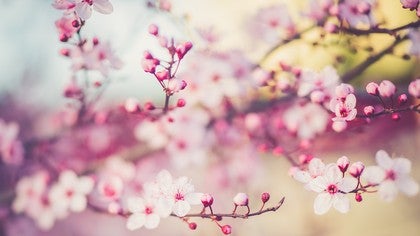
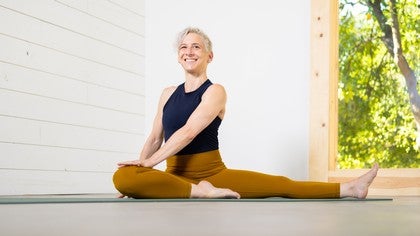





You need to be a subscriber to post a comment.
Please Log In or Create an Account to start your free trial.